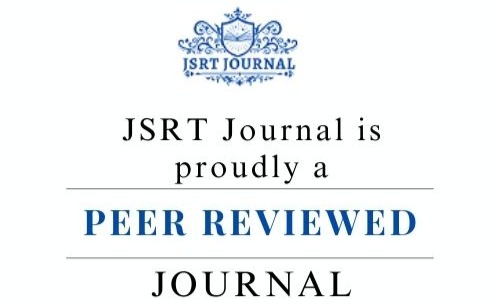Signature Verification System Using SSIM In Image Processing
DOI:
https://doi.org/10.61808/jsrt79Keywords:
Image Processing, Algorithm Structural Similarity Index Measure, VerificationAbstract
The verification of signatures is an essential function in several domains, including financial, legal, and administrative processes. Thanks to advancements in image processing, automatic signature verification methods have become more popular. Using structural similarities and image analysis, the proposed research offers a novel approach to signature verification. To compare and assess signatures, it uses the SSIM index. The procedure begins with pre-processing the signature pictures to improve their quality and eliminate any artifacts or noise that may have been obtained from Adobe's stock library. Then, the structural similarity between the reference signature and the input signature is calculated. The perceptual resemblance of two images is measured using structure, contrast, and brightness. The goal of the proposed research is to use this measure to record the signature's structural features and spot changes or deviations. The SSIM value that comes out of the comparison is checked against a threshold that has already been set. To validate an input signature, the calculated similarity must be greater than a certain threshold. The document is marked as suspicious or possibly falsified if it does not comply. Experimental results have shown that the method is effective in differentiating between authentic and counterfeit signatures. By doing away with the need for subjective human judgment and physical examination, this technology provides a reliable and unbiased way to authenticate signatures. Increased automation and trust in signature authentication systems are possible because to the proposed method's encouraging results in accurately differentiating genuine signatures from fakes.











